Search
News
Our press office can provide journalists with content on Coventry University in a variety of formats, from video clips to press releases. Get in touch with us on press.mac@coventry.ac.uk or call 07392 096956, 07974 984078, 07392 097332 or 07392 096008. Alternatively X/tweet us @CoventryUniNews.
2276 news stories found
Use the filters below to refine your search...
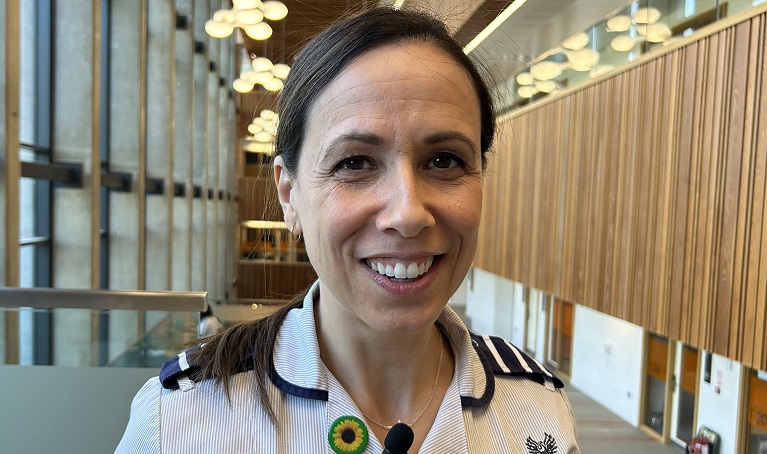
Jul
‘Healing’ birth experience inspires Coventry...
A student midwife who decided to return to education at 45 says it’s never too late to follow your dreams.
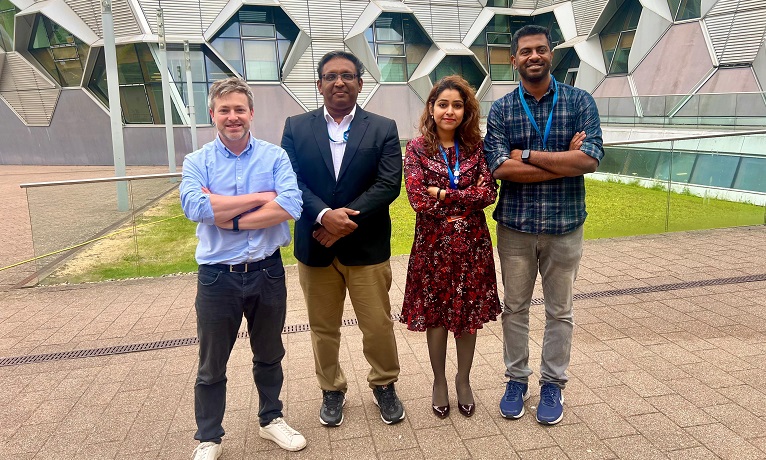
Jun
Coventry University and Indian institutions laying...
Coventry University has teamed up with two institutions in India to share its expertise in hydrogen fuel technology – a clean energy that is key to tackling climate...
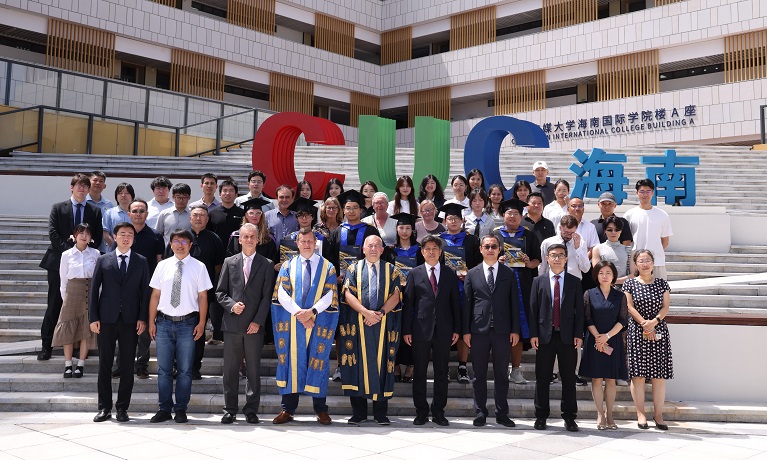
Jun
First graduates celebrate degrees at Coventry...
Coventry University is celebrating the graduation of the first students from its joint institute in China - and is planning to teach more students overseas in their home...

Jun
Coventry University study finds ice baths could be...
Ice baths and other cold-water plunges can help your body to burn more calories but a new study by researchers at Coventry University has found that it could actually...

Jun
Coventry University student entrepreneurs impress...
Forward thinking entrepreneurs at Coventry University have been awarded a share of £15,000 in funding after pitching their innovative business ideas.

Jun
Coventry University retains International HR...
Coventry University has retained the HR Excellence in Research Award following its 10-year review, reaffirming its long-standing commitment to supporting the career...
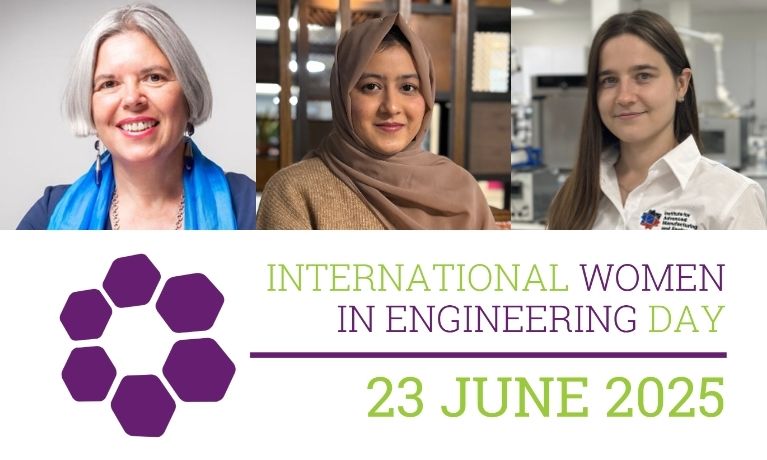
Jun
Together we engineer: Top tips from women shaping the...
Creating an engineering future where no one is left behind starts with building inclusive cultures, deep listening, asking questions.

Jun
Coventry University strengthens innovation support by...
New national guidelines designed to make it easier for researchers to turn their ideas into successful businesses have been fully adopted by Coventry University.
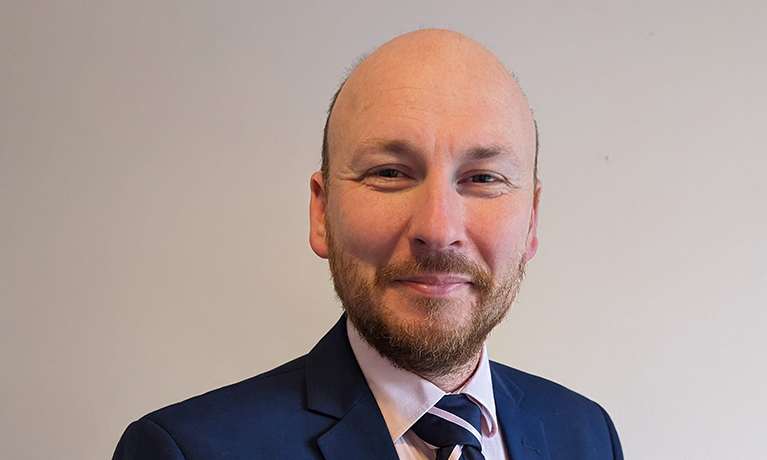
Jun
Coventry University researcher leads major study into...
More must be done to help intensive care patients rehabilitate from serious conditions according to a new report, spearheaded by a Coventry University researcher.
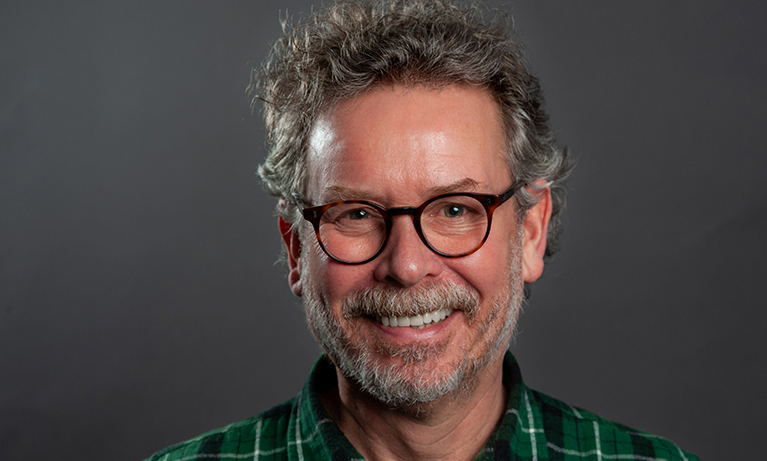
Jun
Coventry University students to benefit from hands-on...
Events management and marketing students will gain valuable industry experience thanks to a collaboration created in memory of a Coventry University alumnus.
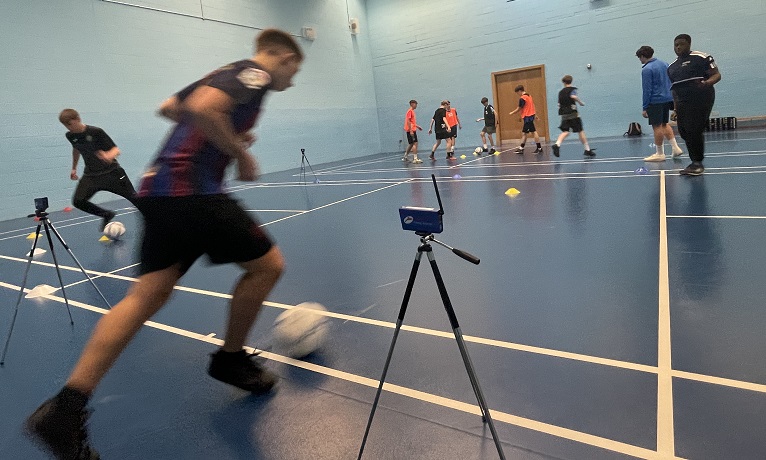
Jun
Young footballers become sports scientists to help...
Football skills met cutting-edge technology as young footballers helped researchers at Coventry University delve into why movement is important for skills and health.

Jun
Coventry University’s Research Centre for Future...
Experts at Coventry University are to play a key role in a major project aimed at providing affordable accessible transport in the city.




